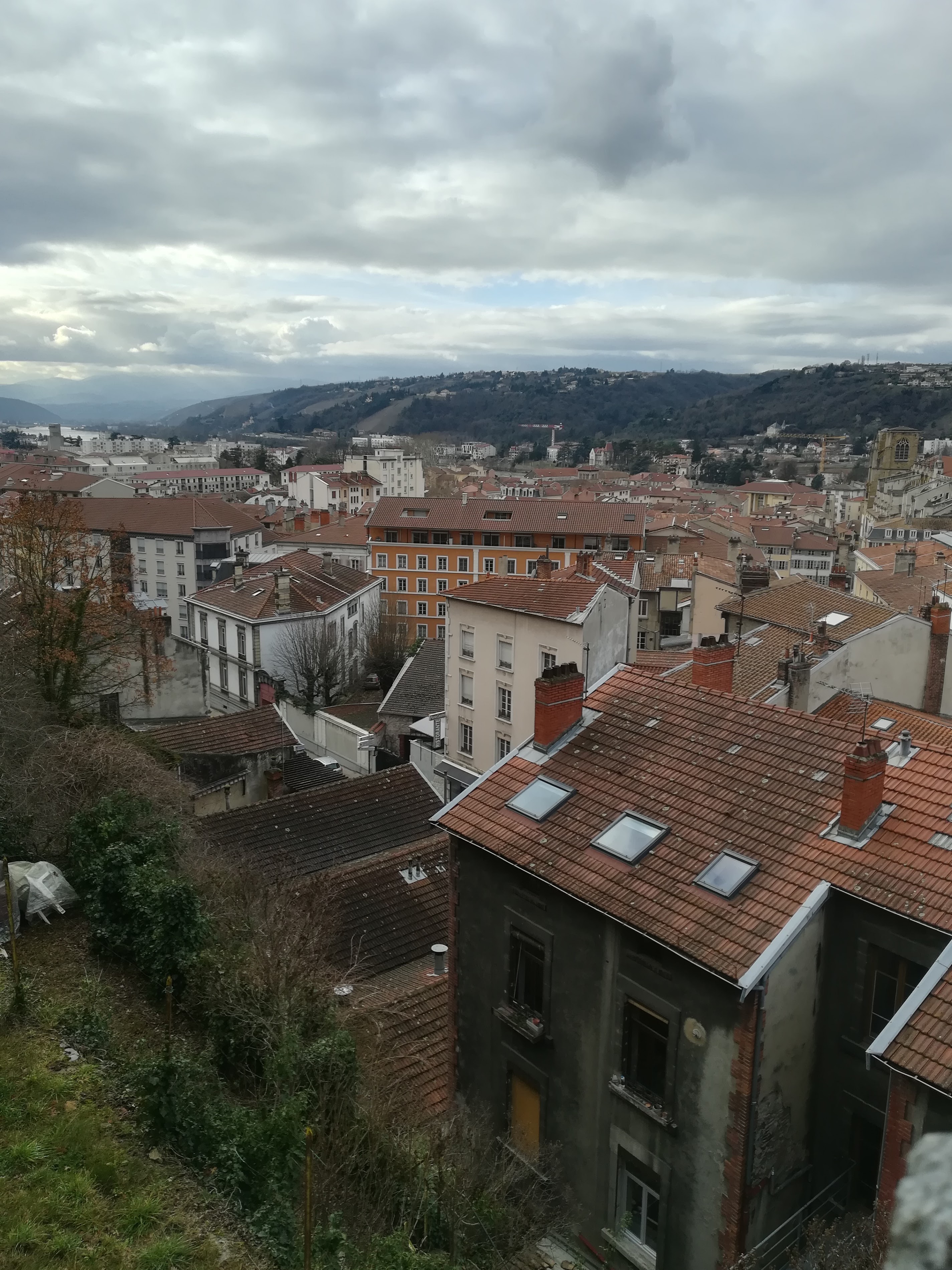Odéon: A Glimpse into Vienne's Ancient Past
In the heart of Vienne, the remnants of ancient civilization come alive. The Odéon, a Roman theater dating back to the 1st century AD, stands as a testament to the city's rich history. Visitors are often captivated by the grandeur and scale of this remarkable structure, which once hosted dramatic performances and public gatherings.

A Step Back in Time
Upon entering the site, an overwhelming sense of history envelops those who walk its grounds. The impressive ruins, partially restored, reveal the architectural prowess of the Romans. Large stone blocks, meticulously arranged, hint at the skill and craftsmanship that characterized this era. As one wanders through the remains, the echoes of applause and laughter from centuries past seem to resonate against the stone walls.
Seating arrangements are clearly visible, with tiered rows designed to accommodate thousands of spectators. Visitors can imagine themselves part of a crowd, eagerly awaiting a performance that would have stirred emotions and sparked imaginations. The design of the Odéon, with its strategic placement on a hillside, allowed for optimal acoustics, ensuring that every word spoken on stage reached the farthest corners of the theater.
Things to do in Vienne
The Cultural Significance
Vienne's Odéon served not only as a venue for entertainment but also as a hub for cultural exchange. The theater was an integral part of the social fabric of Roman life, where ideas were shared, and artistic expression flourished. It is believed that renowned playwrights and performers graced its stage, leaving an indelible mark on the cultural landscape of the region.
Through the centuries, the site has witnessed the rise and fall of empires. It has been a silent witness to the passage of time, as the city of Vienne transformed from a thriving Roman settlement into a vibrant modern community. This continuity of history fascinates visitors, drawing them into the narrative of a place that has adapted yet remained anchored in its past.
A Scenic Surrounding
The area surrounding the Odéon boasts stunning views of the Rhône River and the hills that frame the city. A leisurely stroll along the riverbank allows for reflection and appreciation of the natural beauty that complements the ancient ruins. Cafés and small shops nearby offer a chance to indulge in local delicacies, making it easy to spend an entire day immersing oneself in the charm of Vienne.
For those seeking to explore further, the Roman Temple of Augustus and Livia, another remarkable site, can be easily reached. This temple adds another layer to the understanding of Vienne's rich historical tapestry, showcasing the city's prominence during the Roman Empire.
Connecting with History
Visiting the Odéon is not merely an excursion; it is an experience steeped in history. The site invites exploration, inspiring curiosity about the lives of those who once gathered here. Guided tours are often available, providing insights into the architectural details and the stories woven into the fabric of the theater.
As evening approaches, the ambiance of the site transforms. The setting sun casts a warm glow on the ancient stones, creating a picturesque backdrop for photographs. Visitors often find themselves captivated by the interplay of light and shadow, enhancing the sense of timelessness that pervades the Odéon.
In Vienne, the Odéon stands as a powerful reminder of the past, a place where history and culture converge. The stories held within its walls continue to inspire, drawing people from all corners of the globe to experience the magic of this ancient theater. As the day closes, thoughts linger on the vibrant echoes of performances long gone, leaving a lasting impression of a city that has embraced its heritage while looking forward to the future.
For those looking to explore more of Vienne's captivating sites, the Abbaye de Saint-André-le-Bas de Vienne offers a fascinating glimpse into the city's architectural history.

 Home
Home Wishlist
Wishlist